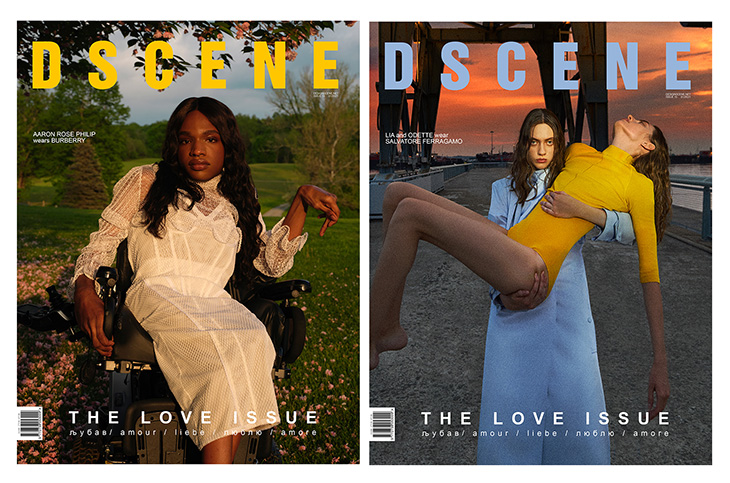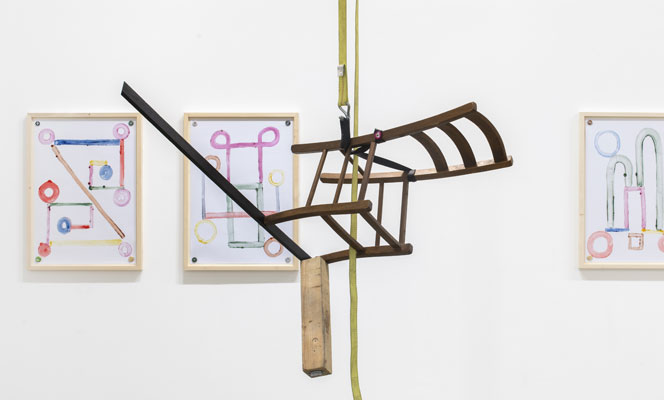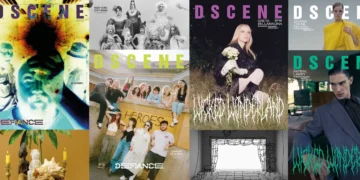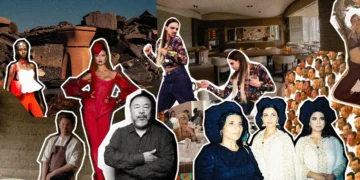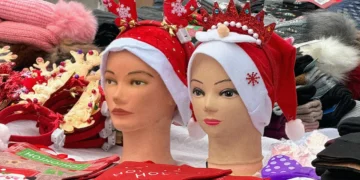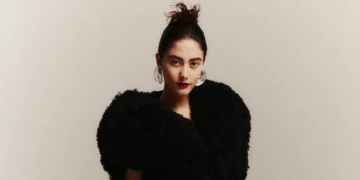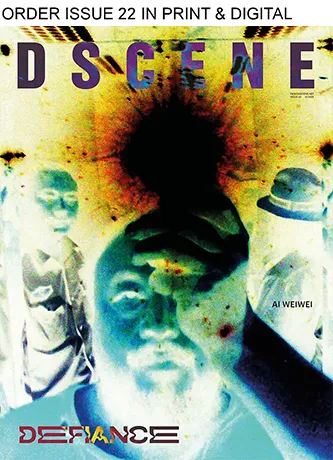
DSCENE Editor Katarina Djoric sits down with Paris-based visual artist Abraham Cruzvillegas to talk about his art practice, waste, and consumerism, as well as his ongoing autoconstrucción project.
READ OUR LOVE ISSUE IN PRINT OR DIGITAL
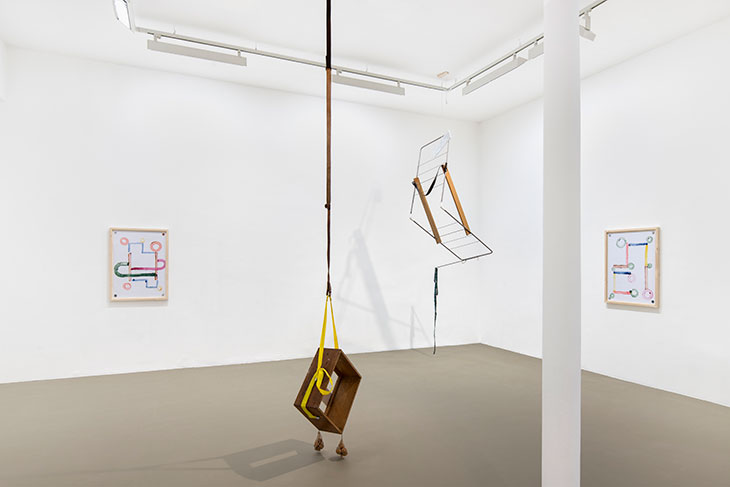
Where does your LOVE for art come from?
From my family. All kinds of art have surrounded my siblings and me for as long as I can remember: listening to symphonies and dancing to cumbia with our mother, while looking at our father painting at home, cooking and gardening altogether, storytelling attempting to produce some sort of rhyme and mischievous sense before going to bed at night, and drawing a family cadavre-exquis in the morning, before heading to school…
How did your life and upbringing in Mexico influence your art practice?
In many different ways. My practice has that personal experience as a crucial material, but not as a subject matter of the works and projects I make, it’s just a starting point.
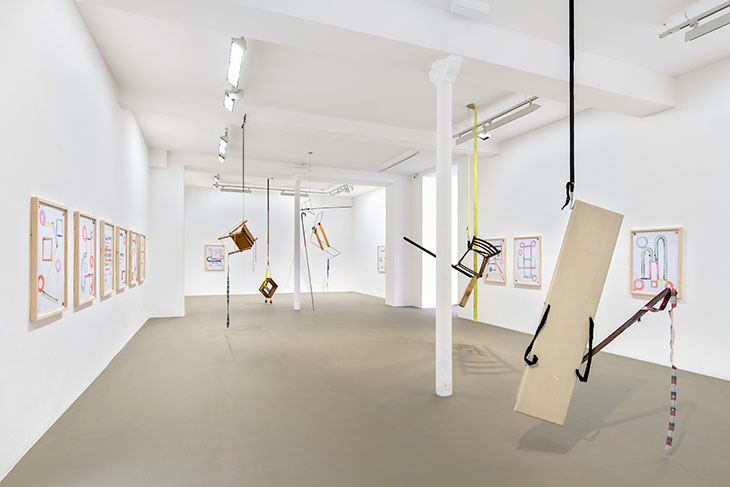
Could you describe to our readers the idea of autoconstrucción? Is it more like a building or a transformation?
Autoconstrucciónis a term that I appropriated and it refers to the process of building a house by the family that inhabits it, which is something that happens everywhere in the world with different names, when people are not able to acquire a property at once or to hire an architect to design a house. But for me, coming from such a context, it means also the permanent and unstable construction of the self, as the definitely unfinished process of identity; not mine only, as an individual, but of all humans. This way the word “transformation” is inherent to autoconstrucción. My work doesn’t pretend to illustrate these ideas, but to activate processes in which transformation, in different ways, could take shape in space, that could be perceived as art.
Your work questions our relationship with objects by removing them from a position of complacency into one of fresh perspective. Do you think this sort of practice disrupts regular thinking and triggers the unconscious?
All interpretations about my work are welcomed, but I would also insist on an extreme consciousness about the social, political, economic, historical, and even ideological aspects of material life and culture. I would not produce propaganda or pamphlets about my context or my circumstance, but I would better try to share my questions with any possible audience, that could produce their own questions as well. The questions might be completely different from mine, creating some productive friction and precarious instability in the work, both conceptual and material, through the subjective understanding of the same arrangement of objects. All narratives compose a multiplicity of meaning for a single work, multiplying it geometrically, ideally.
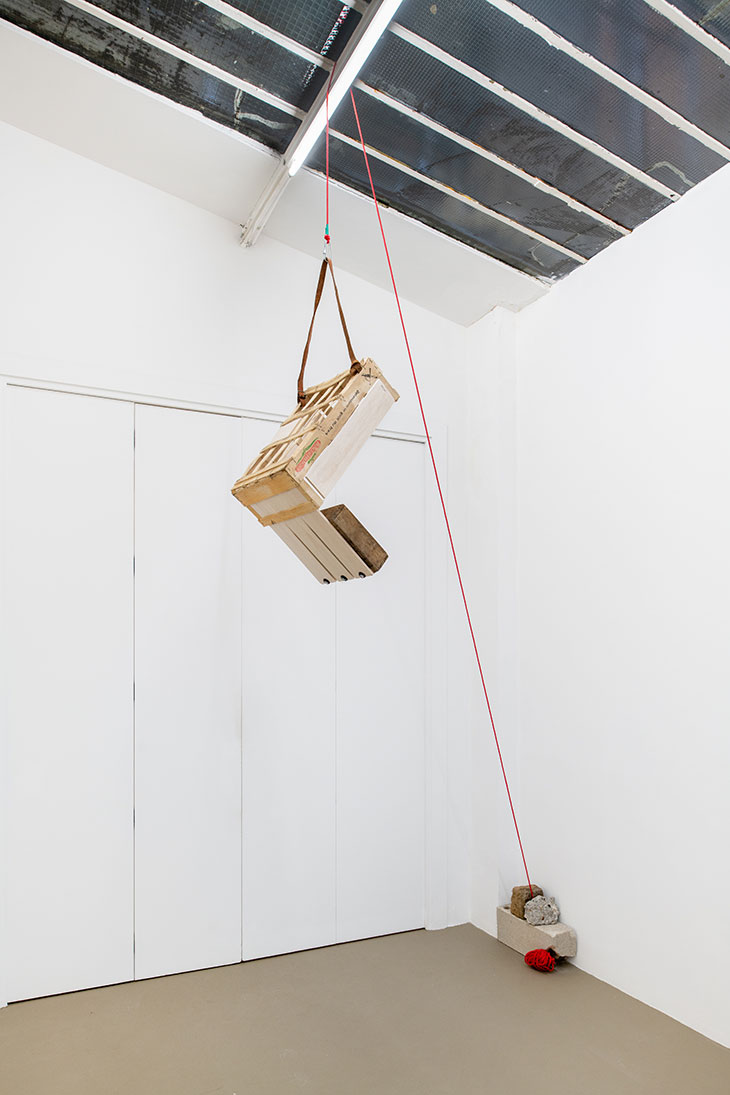
Would you say your art expresses processes and ideas rather than being confined to only the visual presentation?
I believe that any visual presentation, or representation, can trigger diverse expressions—sometimes contradictory and slippery—but from the people who are looking at artwork, not necessarily from its authors only. My ideas when making art are only references that might not be intended to communicate, to express, or to tell anything to anybody. I prefer my work to be autonomous from myself, free to be appropriated or to be understood in as many ways as possible, changing its identity permanently, as well.
I like witnessing the inner dialogue of a simple arrangement of things, the way ikebana works, the way cooking happens: putting together things that, as a whole, keep being themselves, but just in a different presentation.
You call yourself a matchmaker, an animist voyeur. Please elaborate on that.
I like witnessing the inner dialogue of a simple arrangement of things, the way ikebana works, the way cooking happens: putting together things that, as a whole, keep being themselves, but just in a different presentation. I’ve tried all kinds of combinations, testing the strangest of the materials and beings—including myself and other animals—and it always works. Things are alive, they speak among themselves, sometimes there are disagreements, friction, and refusal, and then they arrive to a happy end, after a good negotiation. Sometimes the arrangement collapses, and I accept this as part of the process as well, as part of the art; there’s no chance for a mistake, ever.

What attracts you to certain objects? Is your choice of an object primarily an aesthetic decision or are cultural associations also an important consideration?
I love trying contradictory encounters, sometimes setting some rules, sometimes just improvising. The best is always a good combination of both of these, by breaking my own rules and by planning in detail all the steps. Industrial bright new plastic commodities work very well with organic live elements that could sprout, bloom, dry or rot during an exhibition time. Traditional handmade craft objects, from anywhere around the world, can navigate reality very nicely along with them as well. Together with raw materials, leftovers from architecture, and broken furniture, besides very heavily loaded stuff from my personal life, that goes anonymous and humble with everything else. That cluster of things can be hung together from the ceiling and touching the floor simultaneously in a museum gallery, and be interpreted by a child that would discover something that I didn’t notice while putting them together: that would be the moment when aesthetic associations and considerations happen.
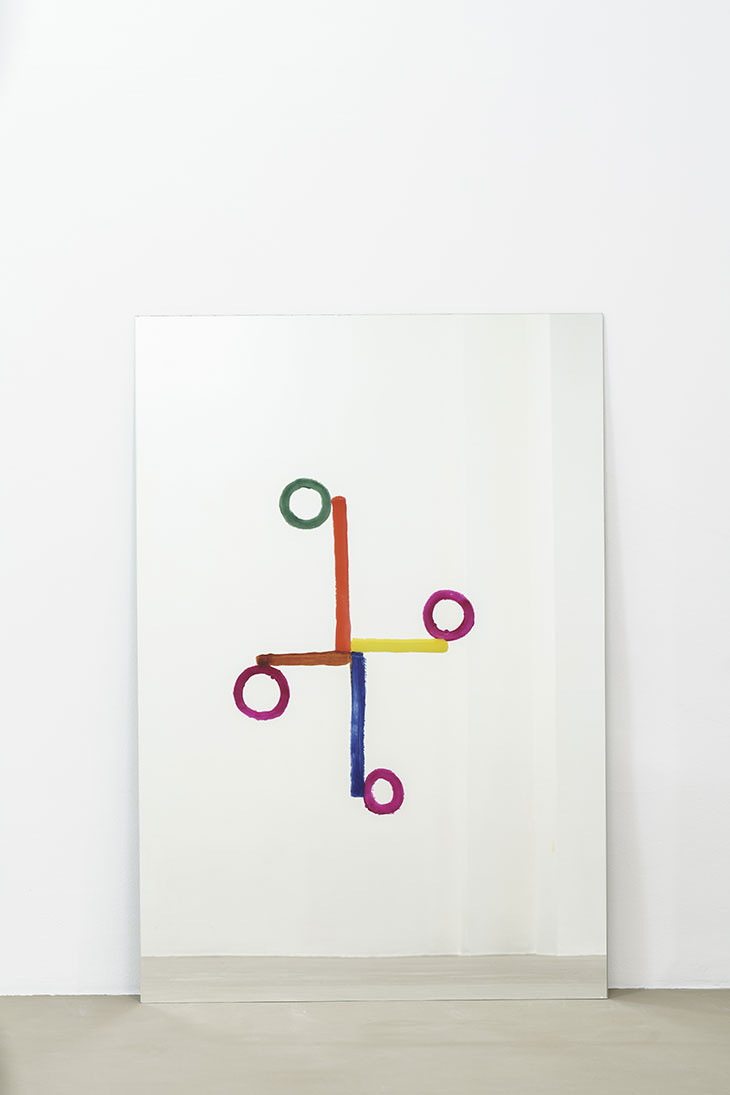
Where do you source your objects?
They find me.
I prefer to think about the possibility of a permanent transformation of all objects, materials, and circumstances, according to the context, the way nothing is dead.
Is there also some kind of commentary on waste and consumerism in your work?
I prefer to think about the possibility of a permanent transformation of all objects, materials, and circumstances, according to the context, the way nothing is dead. I only use things that can be used, I never use garbage. When I see things abandoned in the street, or thrown away and discarded, I almost always find possibility in them. Unless they are useless, like many pieces of cheap furniture that are made so that they have to be replaced very fast; the way consumerism dictates. I never use these things.
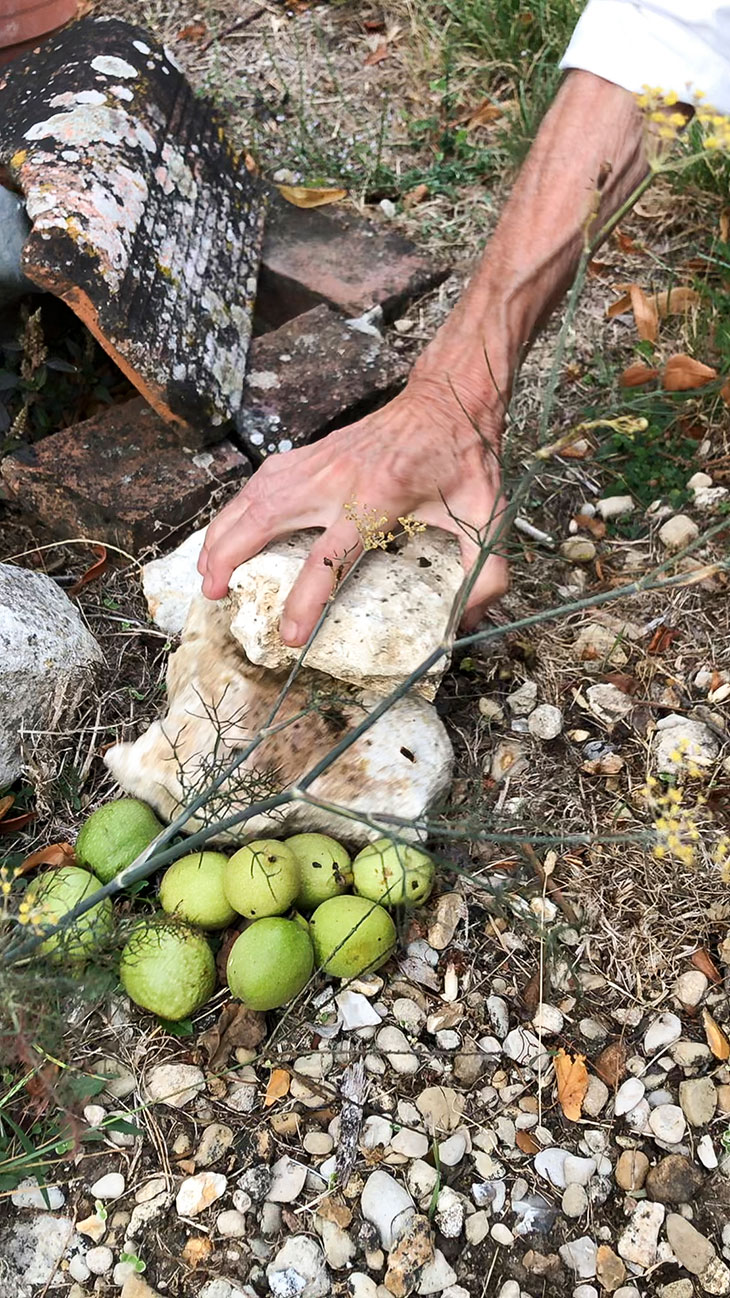
How would you define LOVE?
Togetherness. Partnership. Parenthood. Trust. Friendship. Care. Complicity. Fun. Work.
Do you believe in LOVE at first sight?
Yes.
What is your favorite LOVE quote?
“Love is love”, a song by Culture Club.
What is next for you?
Some new expectations, I hope…